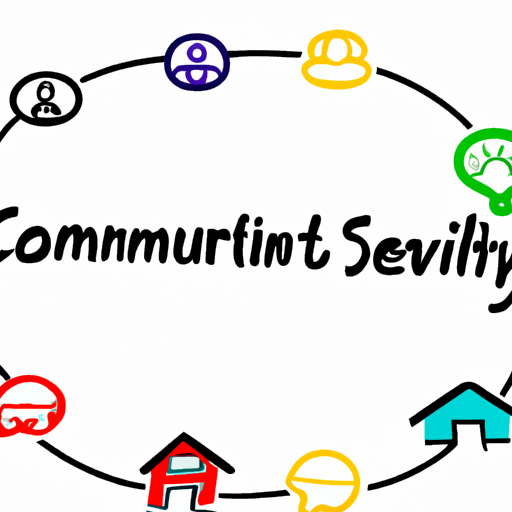In recent years, community-driven development (CDD) has emerged as a powerful approach to addressing local challenges through participatory and inclusive processes. This model focuses on empowering communities to take charge of their own development, ensuring that solutions are tailored to the unique needs and resources of local populations.
What is Community-Driven Development?
Community-driven development refers to a wide range of strategies that prioritize the voices and choices of community members in the planning and implementation of development projects. Unlike top-down approaches, CDD relies on local knowledge and engagement, fostering a sense of ownership and responsibility among community members.
Benefits of Community-Driven Development
- Empowerment: CDD enhances community capacity and encourages participation from all members, including marginalized groups.
- Tailored Solutions: By understanding local context, communities can identify and develop solutions that are more effective and sustainable.
- Increased Accountability: Local engagement promotes transparency and accountability in resource allocation and project execution.
- Strengthened Social Cohesion: Collaborative efforts foster unity and build trust among community members, creating a supportive environment for development.
Successful Examples of CDD
Across the globe, numerous initiatives highlight the effectiveness of community-driven development. In countries like Brazil, community-led health programs have improved access to healthcare services while involving local stakeholders in decision-making processes. Similarly, participatory budgeting in various cities allows residents to have a say in fiscal priorities, resulting in more responsive and equitable public spending.
Challenges and Future Directions
While community-driven development presents numerous advantages, challenges remain. Ensuring inclusive participation, securing sustainable funding, and addressing power dynamics are critical for the success of CDD initiatives. As interest in participatory processes grows, the development community must work together to formulate best practices and share lessons learned.
Conclusion
As the world navigates an increasingly complex landscape of social and economic challenges, community-driven development offers a promising route to resilience and sustainability. By empowering communities to shape their own futures, we can create local solutions that are not only effective but also reflective of the diverse voices and needs within each community.
Join the movement towards community-driven development and contribute to building stronger, more self-sufficient communities worldwide!




